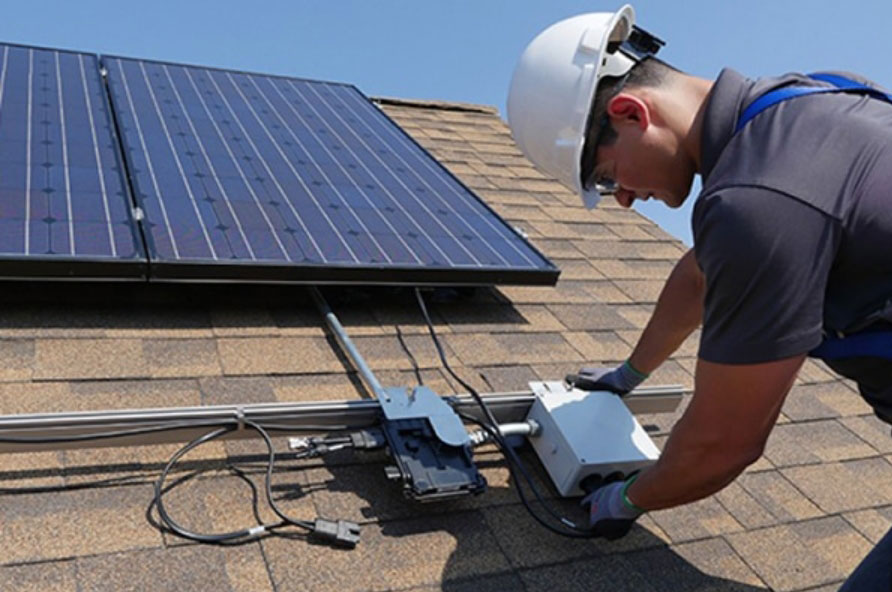
The evolution of microinverter design has significantly impacted the solar industry, driving technological advancements and facilitating wider adoption of solar energy. Here’s a closer look at this evolution and its industry-wide implications:
Early Stages of Microinverter Design
- Initial Concept: The concept of microinverters emerged to address the limitations of central string inverters, particularly in handling partial shading and varying panel orientations. Initially, they were simple devices aimed at improving the output of individual solar panels.
- First Generation: Early microinverters were bulky and less efficient but represented a significant shift towards decentralized power conversion, setting the stage for future innovations.
Advancements in Technology
- Increased Efficiency and Reliability: Over time, technological advancements led to more efficient and reliable microinverters. Improvements in semiconductor technology and power electronics enhanced their performance, making them comparable or superior to traditional inverters in many aspects.
- Size Reduction and Integration: Microinverters became smaller, easier to install, and began to integrate seamlessly with solar panels, often as part of a plug-and-play system. This integration facilitated easier and more flexible solar installations.
Integration of Smart Technology
- Data Monitoring and Communication: Modern microinverters are equipped with communication capabilities, allowing for real-time data monitoring and performance analysis of each solar panel. This feature enables proactive maintenance and system optimization, leading to higher overall system efficiency.
- Grid Interaction and Management: With the advent of smart grids, microinverters can now interact more effectively with the electrical grid, supporting dynamic energy management and contributing to grid stability.
Impact on the Solar Industry
- Facilitating Growth in Residential Solar: Microinverters have played a crucial role in the expansion of the residential solar market. Their ease of installation and ability to maximize energy production from individual panels make them especially attractive for home solar systems.
- Enabling More Flexible System Designs: The modular nature of microinverters allows for more flexible and scalable solar system designs, accommodating various roof layouts and expanding as energy needs grow.
- Reducing Overall System Costs: While the initial cost of microinverters can be higher, they often lead to lower long-term costs due to increased energy production, reduced installation complexity, and lower maintenance requirements.
- Driving Technological Innovation: The need for improved microinverter technology has spurred innovation in related areas, such as energy storage and management, leading to more integrated and efficient solar energy systems.
In conclusion, the evolution of microinverter design has had a transformative impact on the solar industry. By enhancing the efficiency, reliability, and flexibility of solar installations, microinverters have helped to accelerate the adoption of solar energy across different sectors, contributing to the growth and dynamism of the industry.
